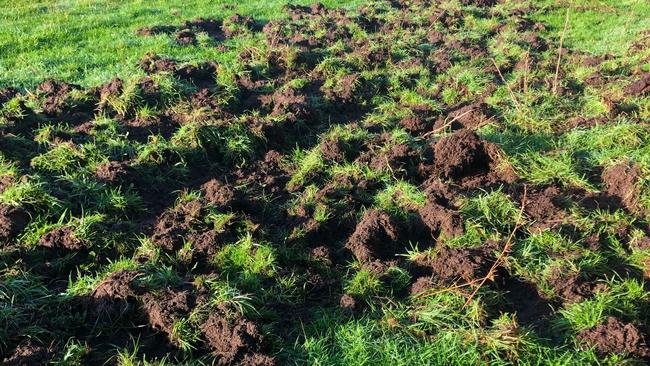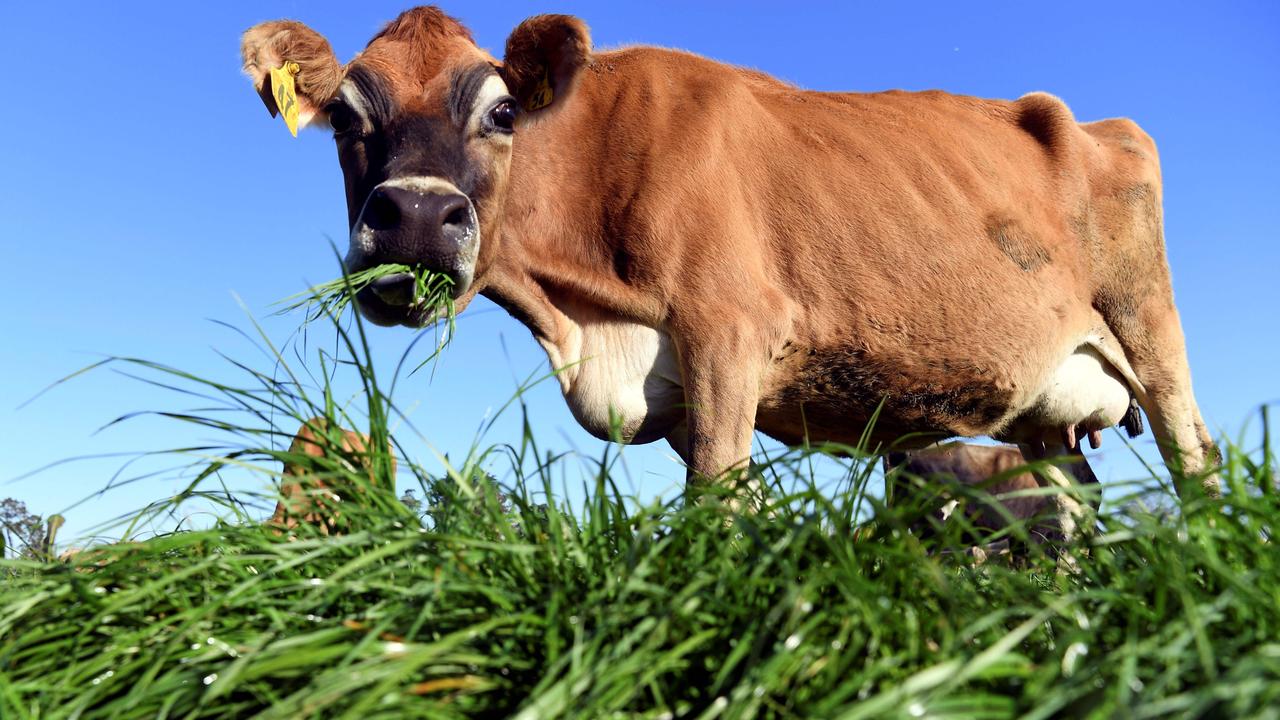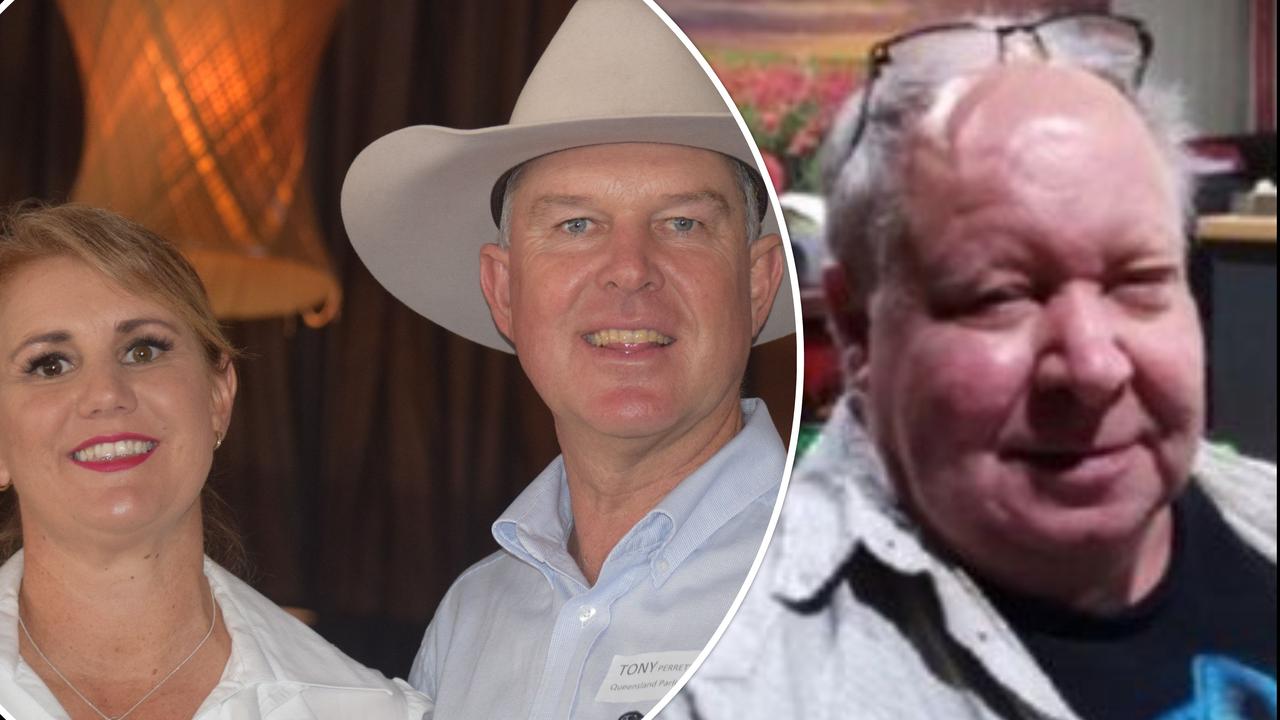Feral pig estimates 30 years old, while hunters in plan’s sights
Feral pig estimates are exposed as being 30 years old, as a new report explores the threat feral pigs – and those who hunt and release them illegally – pose to the environment and ag.

THERE could be more feral pigs in Australia than people, with the pest second only to rabbits as the most destructive vermin damaging native ecosystems and threatening farm biosecurity.
A report published last week by Australian Pork Limited has put the spotlight on the threat feral pigs, and those who hunt and release them illegally, pose to the environment and agriculture.
It has also revealed a dearth of data about the vermin.
The best-estimate – that feral pig numbers could be as high as 24 million – was based on 30-year-old studies.
Landowners and hunters in areas damaged by pigs warn the real figures would be significantly worse.
ABARES is working on an updated estimate of the feral pig population distribution and densities to inform the National Feral Pig Action Plan, due to be released in January.
National Feral Pig Management co-ordinator Dr Heather Channon said pigs cost agriculture at least $100 million annually, aside from the additional biosecurity risk.
The report highlighted “illegal hunting” and activities that undermine control efforts and that “movement and release of pigs to facilitate continued hunting opportunities” was a “significant concern”.
Dr Channon said it was “hard to predict what population range the ABARES analysis might calculate” to update the 30-year-old population estimate.
Meanwhile, feral pig numbers continue to build in areas such as South West Victoria, and many landholders The Weekly Times have spoken to are reluctant to speak publicly about having pigs near their farms, due to fears hunters will target their region.
Hotspur resident and hunter Wayne Rantall said it was “widely known” that some hunters illegally released pigs with their ears cut off so hunting dogs could not get hold of them and the pigs could breed up.
“They’re terrible for the environment and do a great deal of damage – I’ve seen pigs right along the entire Glenelg River system, up around Casterton, all the way down to Nelson, out to Tyrendarra, Merino and Branxholme,” Mr Rantall said.
“There are thousands more out there than what people think.”
Victoria’s only representative on the new committee steering the plan, Agriculture Victoria’s Jason Wishart, was unavailable for comment this week.
MORE
AGRICULTURE VICTORIA URGES PEOPLE TO STAY AWAY


